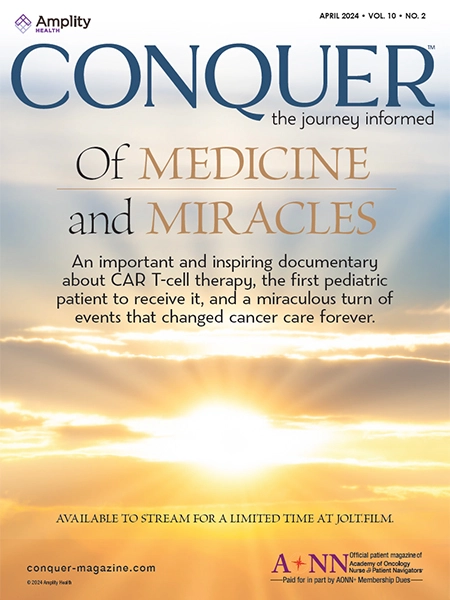Articles & White Papers
Novice Navigator: A Case Study on Community Outreach for Head and Neck Cancers
The authors present a case demonstrating the unique and complex challenges facing patients with head and neck cancers, public health interventions to reduce risk, and available screening to promote early detection.
Seasoned Navigator: A Case Study on Community Outreach and Prevention for Lung Cancer Screening
Along the continuum of cancer care for many patient populations, navigators play an essential role in community outreach and prevention. To be effective, navigators must have core knowledge of the early signs of cancer, and the current screening guidelines, as well as the available community and state resources for screening and diagnostics.
Metrics Again
A recurring discussion among the attendees at the 2013 Academy of Oncology Nurse & Patient Navigators (AONN+) Conference was “What are different navigators measuring?” This appears to be a daunting task for nurse navigators, and I would encourage you to review previous expert commentaries on the AONN+ website.
Part 1: Program Evaluation….Process Improvement…Satisfaction Questionnaire…the Bottom Line Is “Metrics”
A consistent worry or concern that is shared among navigators is the measurement of what navigators do on a daily basis. The excuse that “we are just nurses” is not acceptable. Nurses assess, plan, implement and evaluate on a daily basis so navigators can do the same. A navigation assessment/evaluation/measure can demonstrate the benefit of the program to the organization and demonstrate value.
Part 2: Program Evaluation….Process Improvement…Satisfaction Questionnaire…the Bottom Line Is “Metrics”
Navigators are surrounded by metrics every day. The following examples are taken from the session at the Third Annual Navigation and Survivorship Conference titled Navigation in the Age of Personalized Cancer Care.
Medical Homes
Pick up an oncology journal, attend national meetings…one will hear the term medical home. No, it is not a physical place for medical staff to retire and enjoy the golden years. It is a model of care that is “valued based”. Payers, insurance companies, are sending the message to the oncology world that the high cost of cancer care must be addressed.
- 1
- 2
Thank You to Our Corporate Sponsors and Alliance Partners!
-

Major Corporate Sponsor
-

Patron Corporate Sponsor
-

Patron Corporate Sponsor
-

Patron Corporate Sponsor
-
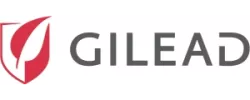
Industry Relations
Council Member -
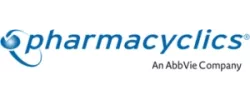
Industry Relations
Council Member -

Industry Relations
Council Member -
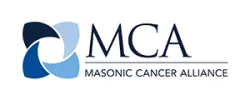
National Alliance Partner
-
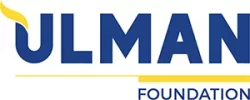
National Alliance Partner
-

National Alliance Partner
-

National Alliance Partner
Privacy Notice | Terms of Use
© 2009- DBA AONN+ Academy of Oncology Nurse & Patient Navigators® | PO Box 563, Cranbury, NJ 08512 |
AONN+ DBA AONN+ is a 501(c)(6) organization under federal tax guidelines. AONN+ Foundation for Learning, Inc. a 501(c)(3) organization under federal tax guidelines.
AONN+ Advantage, LLC, a wholly owned subsidiary of AONN+.

